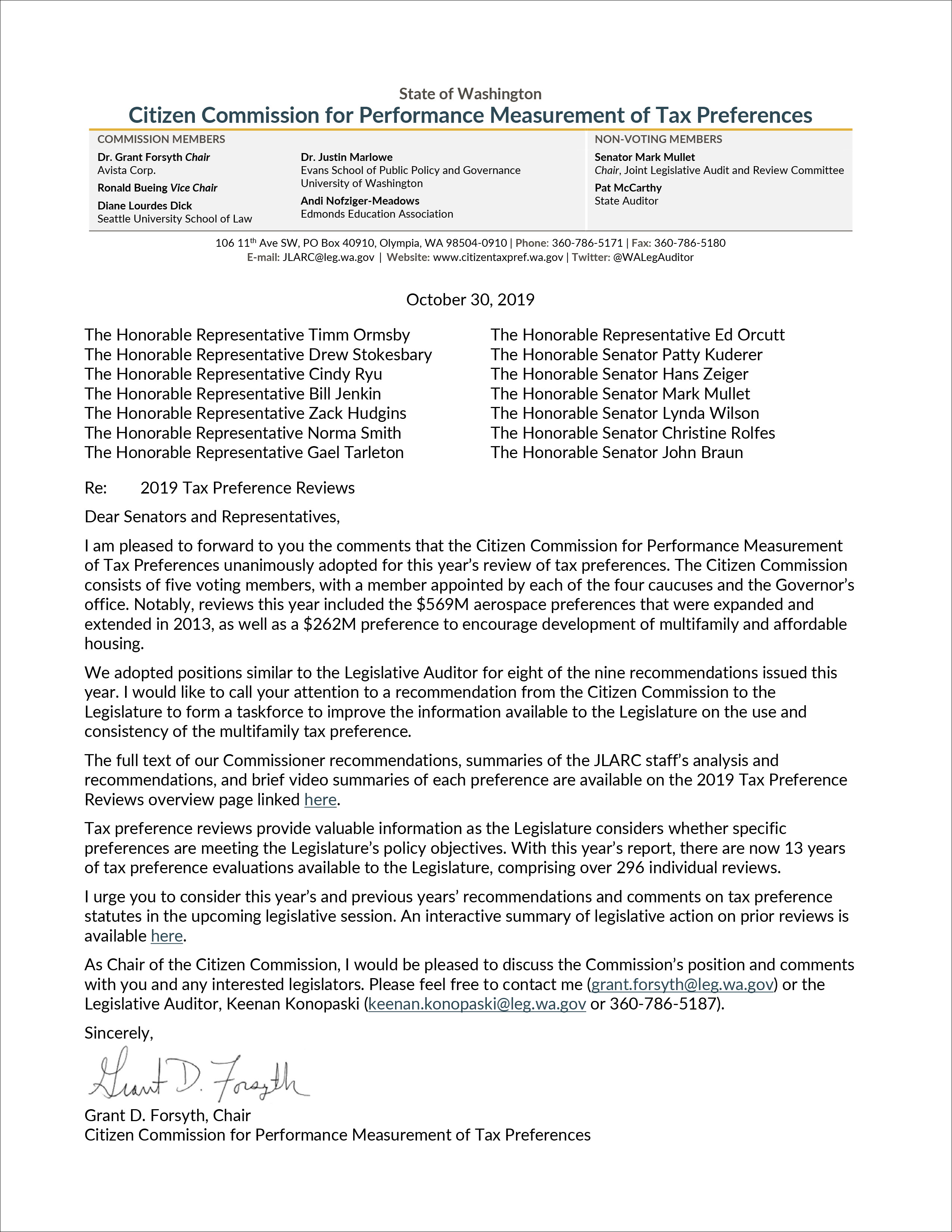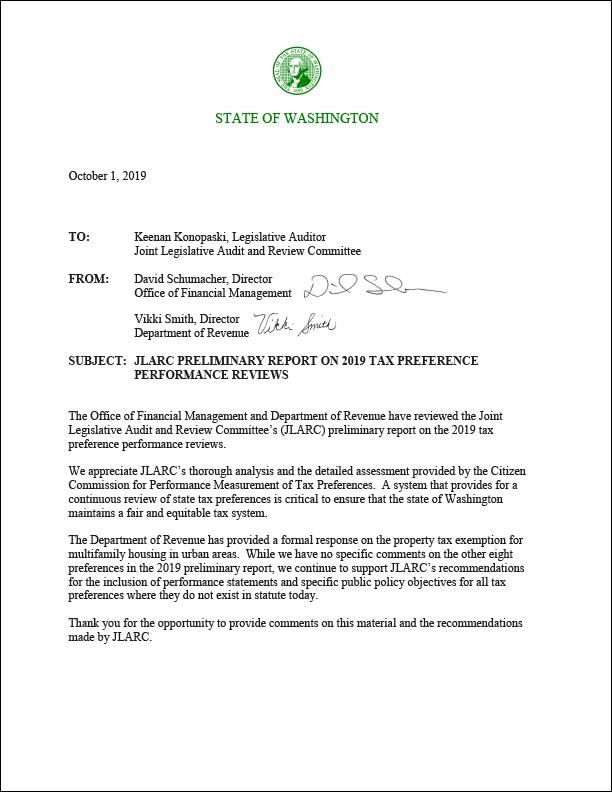RCW 82.08.0262
Exemptions - Sales of airplanes, locomotives, railroad cars, or watercraft for use
in interstate or foreign commerce or outside the territorial waters of the state or
airplanes sold to United States government - Components thereof and of motor
vehicles or trailers used for constructing, repairing, cleaning, etc. - Labor and
service for constructing, repairing, cleaning, etc.
(1) The tax levied by RCW 82.08.020 does not apply to:
(a) Sales of airplanes (i) to the United States government; (ii) for use in
conducting interstate or foreign commerce by transporting property or persons for hire
or by performing services under a contract with the United States government; or (iii) for use in providing intrastate air
transportation by a commuter air carrier;
(b) Sales of locomotives, railroad cars, or watercraft for use in conducting
interstate or foreign commerce by transporting property or persons for hire or for use
in conducting commercial deep sea fishing operations outside the territorial waters of
the state;
(c) Sales of tangible personal property that becomes a component part of such
airplanes, locomotives, railroad cars, or watercraft, and of motor vehicles or
trailers whether owned by or leased with or without drivers and used by the holder of
a carrier permit issued by the interstate commerce commission or its successor agency
authorizing transportation by motor vehicle across the boundaries of this state, in
the course of constructing, repairing, cleaning, altering, or improving the same; and
(d) Sales of or charges made for labor and services rendered in respect to such
constructing, repairing, cleaning, altering, or improving.
(2) The term "commuter air carrier" means an air carrier holding authority under
Title 14, Part 298 of the code of federal regulations that carriers passengers on at
least five round trips per week on at least one route between two or more points
according to its published flight schedules that specify the times, days of the week,
and places between which those flights are performed.
RCW 82.12.0254
Exemptions - Use of airplanes, locomotives, railroad cars, or watercraft used in
interstate or foreign commerce or outside state's territorial waters - Components -
Use of vehicles in the transportation of persons or property across state boundaries
- Conditions - Use of vehicle under trip permit to point outside state.
(1) The provisions of this chapter do not apply in respect to the use of:
(a) Any airplane used primarily in (i) conducting interstate or foreign commerce by
transporting property or persons for hire or by performing services under contract
with the United States government or (ii)
providing intrastate air transportation by a commuter air carrier as defined in RCW
82.08.0262.
(b) Any locomotive, railroad car, or watercraft used primarily in conducting
interstate or foreign commerce by transporting property or persons for hire or used
primarily in commercial deep sea fishing operations outside the territorial waters of
the state;
(c) Tangible personal property that becomes a component part of any such airplane,
locomotive, railroad car, or watercraft in the course of repairing, cleaning,
altering, or improving the same; and
(d) Labor and services rendered in respect to such repairing, cleaning,
altering, or improving.
(2) The provisions of this chapter do not apply in respect to the use by a
nonresident of this state of any vehicle used exclusively in transporting persons or
property across the boundaries of this state and in intrastate operations incidental
thereto when such vehicle is registered in a foreign state and in respect to the use
by a nonresident of this state of any vehicles so registered and used within this
state for a period not exceeding fifteen consecutive days under such rules as the
department must adopt. However, under circumstances determined to be justifiable by
the department a second fifteen day period may be authorized consecutive with the
first fifteen day period; and for the purposes of this exemption the term
"nonresident" as used herein includes a user who has one or more places of business in
this state as well as in one or more other states, but the exemption for nonresidents
applies only to those vehicles which are most frequently dispatched, garaged,
services, maintained, and operated from the user's place of business in another state.
(3) The provisions of this chapter do not apply in respect to the use by the holder
of a carrier permit issued by the interstate commerce commission or its successor
agency of any vehicles whether owned by or leased with or without driver to the permit
holder and used in substantial part in the normal and ordinary course of the user's
business for transporting therein persons or property for hire across the boundaries
of this state; and in respect to the use of any vehicles while being operated under
the authority of a trip permit issued by the director of licensing pursuant to RCW
46.16A.320 and moving upon the highways from the point of delivery in this state to a
point outside this state; and in respect to the use of tangible personal property
which becomes a component part of any vehicle used by the holder of a carrier permit
issued by the interstate commerce commission or its successor agency authorizing
transportation by motor vehicle across the boundaries of this state whether such
vehicle is owned by or leased with or without driver to the permit holder, in the
course of repairing, cleaning, altering, or improving the same; also the use of labor
and services rendered in respect to such repairing, cleaning, altering, or improving.
❮ Previous
Next ❯







